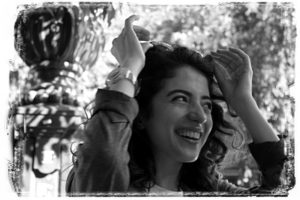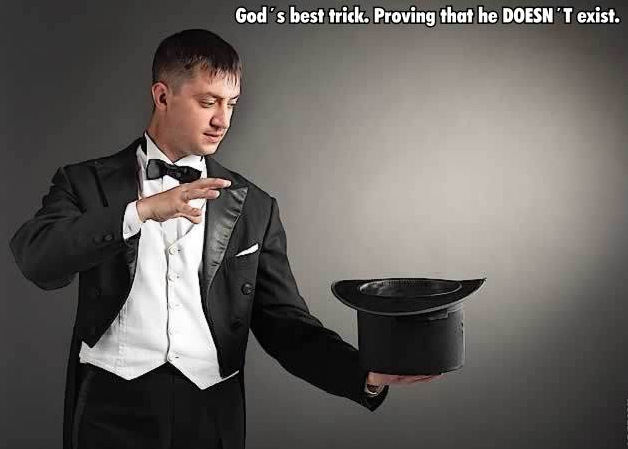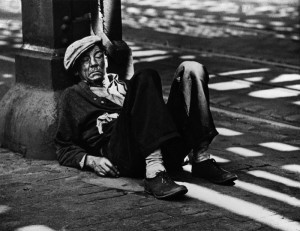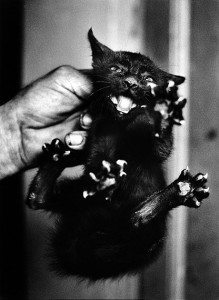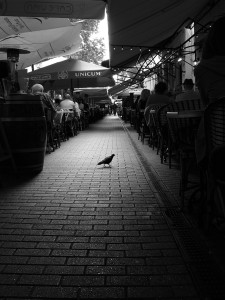My old question “What is a good photograph?” has been left behind, replaced with other questions. For example “How good is a photograph?”.
How does one measure the “goodness” of a photo? You tell me. Please tell me, if you know. My impression is that goodness, value and rating depend quite a lot on random and mysterious factors.
Some of these factors the photographer can control himherself. Within every artist (and in many people I wouldn´t call artists) there lives a salesman, small or huge, successful or incompetent. The Inner Salesman tries to get good ratings and many “likes” for the work of his Artist, thus raising hisher status.
But does higher status, more public exposure and more “likes” mean a better picture? In a very pragmatic way, yes. But it´s an awful thing to be that pragmatic. Then, yes, by all means eat shit, because millions of flies can´t be wrong.

If we want to go beyond populist pragmatism, where to turn? We can ask the experts, connoisseurs, professors, photographers, the knowledgeable folks. Maybe they can tell us which picture is okay, which merely good, and which extraordinary.
We can look in photo books, surely those who chose the pictures must know good from mediocre? We hope so.
But still there are many other factors to reckon with. Names count. (And of course we often don´t know how a Name became a Name.)
There is a story of an experienced writer commenting on the new novel of a young aspiring colleague. “Things this bad you can only write if you are already famous!” Which means that after you are established, a Name, you can do quite mediocre or even incompetent things; you will still get thousands of “likes” because the mere fact of you being a Name blinds at least the large audience to the values or non-values of your latest oeuvre. (Just check out the banalities that Paulo Coelho posts on Twitter.)
Age before beauty, name before intrinsic value.
Talking of intrinsic value, the book “The Drunkards walk” by Leonard Mlodinow must be mentioned. It is a fantastic, eye-opening and also hope-inspiring book. Read here what is says about “intrinsic quality” in music.
The book points out to what great role chance, Lady Fortune and randomness plays in making things or people “great”. This must surely also be relevant in photography.
Some expert or arbiter of taste once thought that a certain picture or photographer was great (maybe they were friends), and after that the picture or photographer has continued to be great. Nobody today honestly think that it or he is great, but tradition is often driven by momentum, and until some freethinker or iconoclast comes along, that greatness will stick.
I almost wrote stock, which was a lucky coincidence. Stock photography must be good in itself. It is anonymous, devoid of name, thus status., therefore it must stand on its own legs. Nobody accept a lousy stock photo (or clip-art), but with a famous name attached, or some learned comments from some professor or other cognoscenti, one can get away with almost anything.
This picture, for example, is supposedly “one of the greatest photographs of all time”.
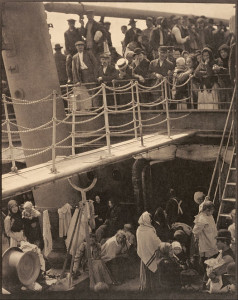
I question that it would be that great without all the paraphernalia attached to it, the mental “crutches” that uphold it. (See the whole wordy Wikipedia article about the photo here.)
If this picture was new, shot by a total unknown, I doubt that many people would turn round to look at it, more than to say “it looks old”.
This, however, I find to be a memorable (if not fantastic) photo.
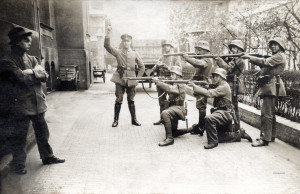
Also found when Googling for “the greatest photographs of all time”. I hope it is not arranged. If it is, perhaps the young communist was never shot but died of old age, in bed, perhaps with a lovely young woman beside him. But if so, does that take away from the photo an sich, the intrinsic value? That is another question. What I am sure of is that the question “Real or staged?” will keep our interest alive.
More anon, perhaps.
(More about Photography)

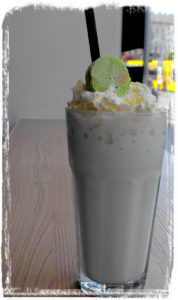
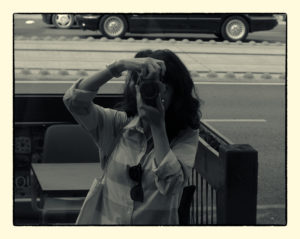 I didn´t really catch her face but it was an enjoyable little episode in the life of a gentleman photographer.
I didn´t really catch her face but it was an enjoyable little episode in the life of a gentleman photographer. A week later I am sitting and drinking tea at a place without doughnuts. This time there is no window between me and the human lava flow; I am in the middle of it.
A week later I am sitting and drinking tea at a place without doughnuts. This time there is no window between me and the human lava flow; I am in the middle of it.